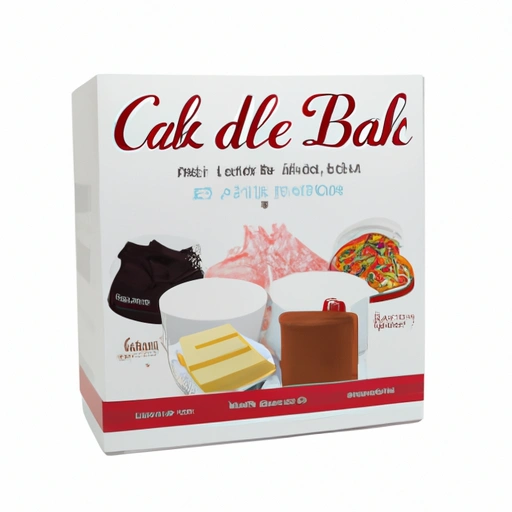Cake Mix
Description

Cake mix is a pre-mixed formulation of ingredients typically used for making cakes, an essential pantry staple for those who enjoy baking but may not have the time or resources to measure out individual components. Cake mixes come in various flavors and types, from classic vanilla, chocolate, and red velvet to more unique variations like lemon, spice, or funfetti. The convenience of cake mix lies in its simplicity; just add a few common household ingredients such as water, eggs, and oil or butter, and bake according to the package instructions. With cake mix, you can achieve consistent results in both flavor and texture, making it a reliable option for bakers of all skill levels.
Common uses
Cake mix is commonly used as a base for making cakes, cupcakes, and various other desserts. It is also a popular ingredient in some cookie recipes and can be a creative addition to waffle or pancake batter for a sweet twist on breakfast classics.
Nutritional value
Calories
Typically, a single serving of cake mix (about 1/10 of the package or 43g) contains approximately 160-180 calories, but this can vary by brand and flavor.
Protein
Cake mix contains modest amounts of protein, averaging around 2 grams per serving.
Fat
Without the added ingredients, cake mix itself contains about 1.5 to 4 grams of fat per serving.
Carbohydrates
Most of the calories in cake mix come from carbohydrates, with about 35-40 grams per serving, mostly in the form of sugar and processed flour.
Vitamins
Cake mix may be enriched with certain vitamins, such as thiamin, riboflavin, niacin, and folic acid, depending on the brand and type.
Minerals
It may contain minerals like iron and calcium, again dependent on the fortification of the product.
Health benefits
While cake mix is not typically considered a health food, enriched versions can provide some nutritional benefits such as added vitamins and minerals. However, these benefits are relatively minor in the context of a balanced diet.
Potential risks
Excessive consumption of cake mix-based products can lead to weight gain and associated health risks due to high sugar and calorie content. Additionally, cake mix often contains additives, preservatives, and trans fats, which should be consumed in moderation.
Common recipes
Cake mix is predominantly used for baking cakes, cupcakes, and as a base for various dessert bars. It can also be customized with the addition of nuts, fruit, or chocolate chips.
Cooking methods
Most cake mix recipes require baking in an oven preheated to 350°F (175°C) or 180-200°C. Alternative methods include using a microwave, slow cooker, or a pressure cooker for cake mix recipes.
Pairing with other ingredients
Cake mix pairs well with frostings, glazes, fresh fruits, whipped cream, and dessert sauces, allowing for endless creative possibilities.
Summary
Cake mix is a versatile and convenient baking ingredient that simplifies the cake-making process. With a historical background rooted in post-war America, cake mix has evolved to become a global kitchen staple. While it is easy to use and comes in various flavors, it is high in sugar and should be consumed in moderation. Cake mix can be used in numerous recipes and cooking methods, offering a quick solution for delicious baked goods.